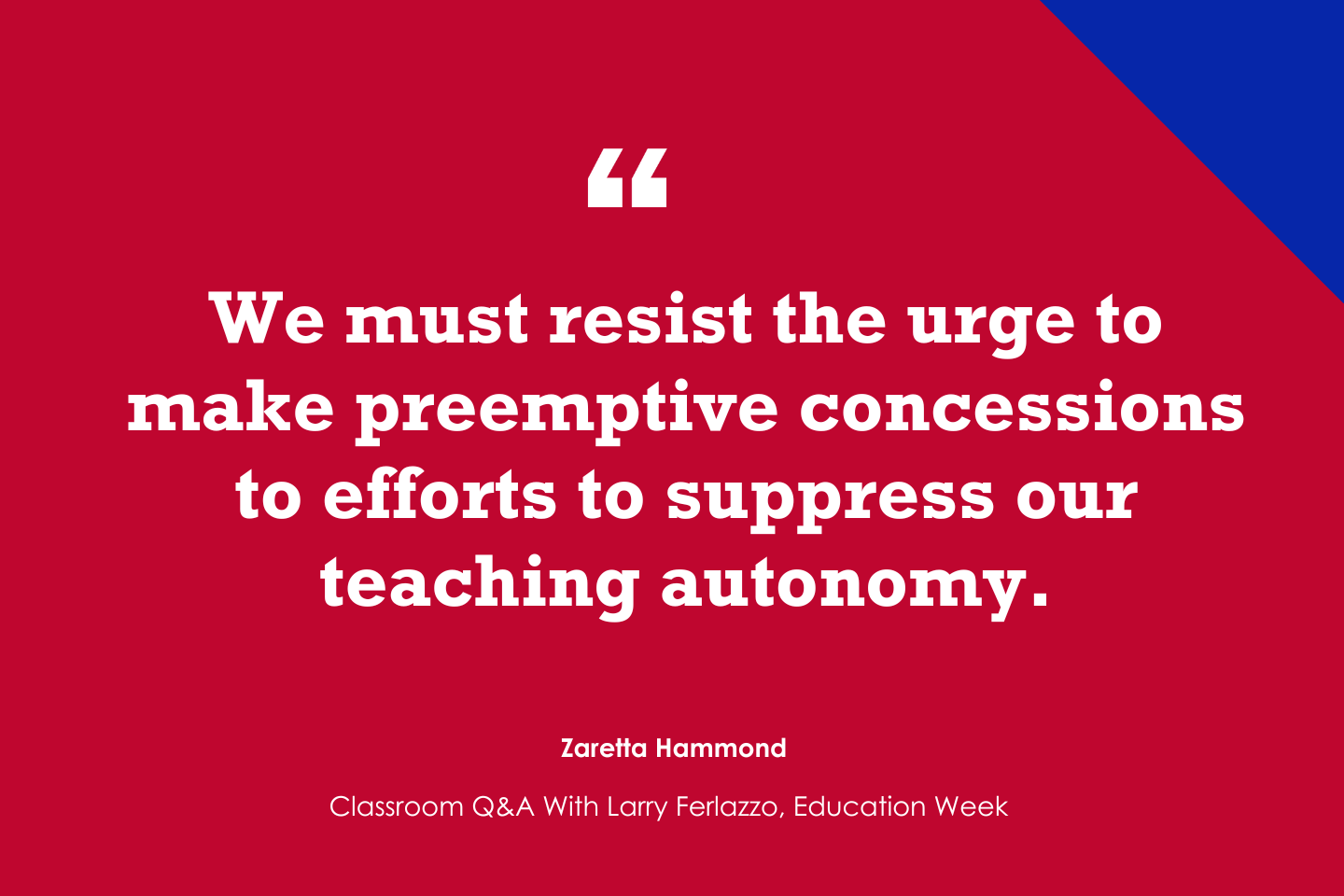geralt / Pixabay
I’ve done a whole of of reflections and plans at the end of the past two years, and you an see those posts at:
MY 8 END-OF-SCHOOL-YEAR REFLECTION POSTS – ALL IN ONE PLACE (2022)
MY 8 END-OF-SCHOOL-YEAR REFLECTION POSTS – ALL IN ONE PLACE (2023)
We have one more week left in this school year, and I just don’t have it in me to do such an extensive job of looking back right now, though I will share some results of student evaluations next week.
So, I’ve just decided to write what I think is my annual most useful post (at least, it is to me), and share the changes I would like to make next year in my ELL Newcomers class (see HERE’S WHAT A TYPICAL DAY & WEEK OF MY ELL NEWCOMERS CLASS LOOKS LIKE).
If I don’t write them now, it’s very likely I won’t remember them when the next school year comes around!
Here they are (not in order of any importance):
*Spend more time on explicit instruction about sentence structure. I really “upped my game” on teaching sentence structure this year, with regular weekly use of “sentence navigators” and “scrambled exapanding sentences” (you can see more at THE “BEST” RESOURCES FOR TEACHING SENTENCE STRUCTURE).Those changes worked great for the vast majority of my students. However, for some of the students who were experiencing more challenges than others, or who had peer tutors that may not have been as skilled as others, or for those many students who came later in the school year, the Navigators and the Scrambled Expanded Sentences were more difficult than they had to be. I need to implement this change in two ways – first spend a bit more time with explicit instruction before introducing those two activities and, two, periodically do reviews of those explicit instructional activities for everyone. I did a much better job this year in getting away from the “one-and-done” thematic teaching I would do the past, but didn’t really include grammar in those regular reviews – it was more on vocabulary.
* Make sure I remember to use the “Shout Out Whiteboard” everyday. I implemented this tool late in the year, where I highlight students’s work at the end of each day. I found that students loved it, and especially liked taking photos of their names to show family members. I also found that it was easy for me to forget doing it, so I think I may begin putting an alert/alarm on my phone.
* Use one of my rooms for group work, and the other for explicit instruction. One of the best changes I instituted this year was setting up permanent ‘pods” of one-to-five students each in one of my adjoining rooms. Students worked in the same pods each day with peer tutors, and had baskets with their materials on them. The vast majority of each day was spent working in those small groups. I think the “culture” in that room was so focused on working with partners in those groups that was was sometimes challenging to get everyone’s attention during my short explicit lessons. I finish up each year with a unit on stories, where we read and write them, and I did those lessons in my other room where seats are in rows facing the front(after the short lessons, students would then move into their pods in the other room). It was much easier to get everyone’s attention when they were not seated in their pods, so I think I’ll try to do all my short explicit instruction lessons there. People moved pretty quickly between rooms, and a little more movement is good for the brain, anyway.
* Go back to doing visualization exercises with students. I used to regularly do visualization exercises with students (see Best Posts On Helping Students “Visualize Success”) that, at least based on my own Teacher Action Research, worked (and other research on that list provides a lot of other evidence of its effectiveness). In the past, I did it everyday, but I think I’ll begin by starting off my second period with five minute visualization (also known as mental imagery) twice a week and see how it goes. I think it would be best to begin the first period class with it. However, it’s not uncommon that some of the students who could most benefit from this centering activity are late to school.
* Further refine a student goal-setting process. I tried a new one this year (see I’M TRYING OUT WHAT IS PROBABLY MY TENTH (AT LEAST!) DIFFERENT ATTEMPT AT A STUDENT GOAL-SETTING STRATEGY – WISH US LUCK!) and it did work better than any other previous one. However, I still have to spend time figuring out how to reduce the time and make the time to meet with students regularly as they revisit their goals.
* Reduce the level of activity in my classroom between classes. It’s a two-period class, and often students want to walk around and talk with their friends in the classroom, and other students want to come in and join them (which I work hard at restricting), and there can too much fooling around that sometimes escalates into hostility. Students spend so much time in my classroom (we have a zero period enrichment class before school, and many eat lunch in my room) that there is a high “over-sense” of comfort! So, my tentative plan is to tell students they can walk around for a minute but, then, if they are going to stay there, they have to sit down. If not, they can leave. And, when they return, they have to sit down again. This is obviously not a huge deal, but it will be particularly important if I’m going to start trying visualization activities at the beginning of second period.
I’ve done a whole of of reflections and plans at the end of the past two years, and you an see those posts at: MY 8 END-OF-SCHOOL-YEAR REFLECTION POSTS – ALL IN ONE PLACE (2022) MY 8 END-OF-SCHOOL-YEAR REFLECTION POSTS – ALL IN ONE PLACE (2023) We have one more week left in ESL Web, instruction Larry Ferlazzo’s Websites of the Day…






